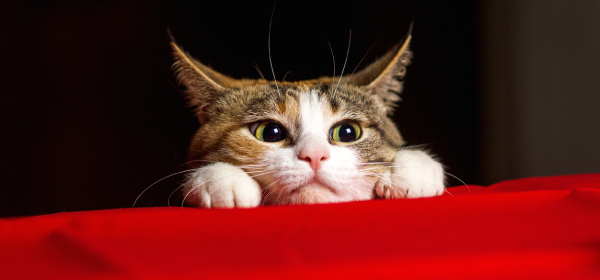|
With Valentine's Day in February, there's never a better time to talk about your pet's heart health.
Knowing the early signs of heart disease can really make a difference to your pet’s life. It means you can seek medical help from us, we can start treatment early, your pet will feel better and in most cases live a longer life.
As a general rule, heart failure affects the pumping mechanism of the heart and oxygenated blood does not travel around your pet's body effectively. This can have an impact on your pet's overall health as blood ends up pooling in their lungs and/or abdomen leading to detrimental changes in other organs.
Note that our feline friends seem to be very good at hiding signs of heart disease (and it's often harder to pick up these changes at home as we don't tend to take our cats for a walk around the block!).
The signs to look out for in both dogs and cats:
- Laboured or fast breathing - the most common sign in cats
- An enlarged abdomen
- Weight loss or poor appetite
Signs to look out for in dogs only:
- Coughing, especially at night
- A reluctance to exercise and tiring more easily on walks
- Weakness or fainting associated with exercise
If we are concerned about your pet's heart we will initially recommend X-rays and an ultrasound of the heart. An ECG or further examination with a heart specialist may also be required.
Thankfully we have a number of medications available to help improve your pet's heart function and management of heart disease is advancing quickly.
If you think your pet is showing one or more of the above signs, it is important that we see them for an examination, as early treatment can help your pet lead a longer and happier life.
|
